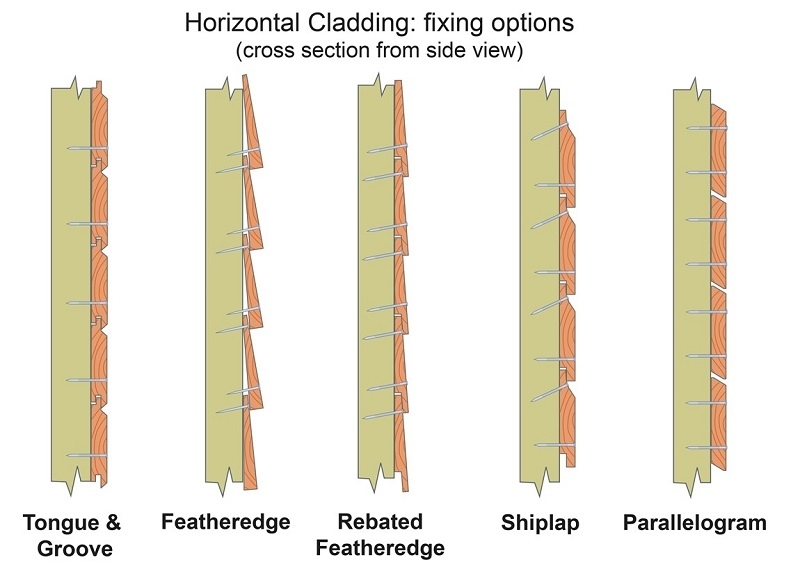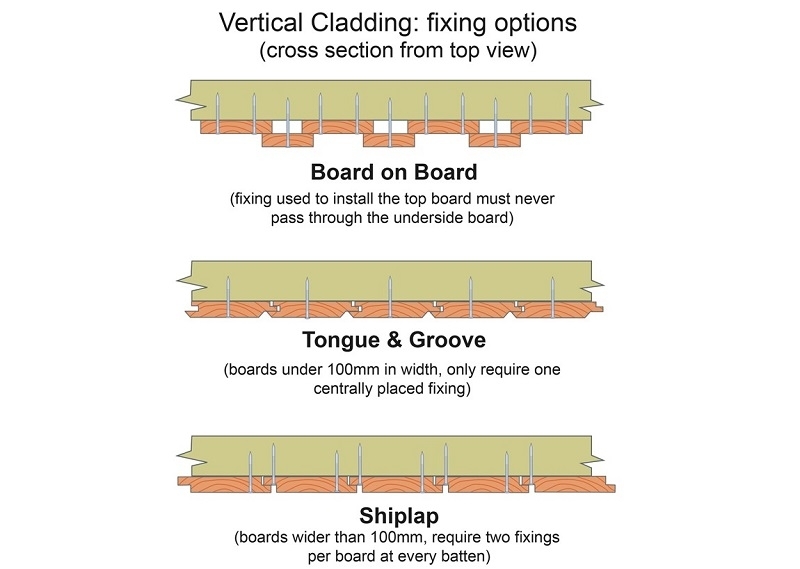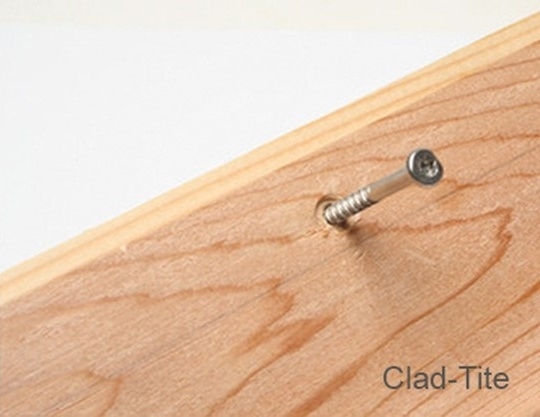Which cladding fixings are best?
Published: 29/10/20 By: Mike Bekin
Choosing the best fixings for your timber cladding depends on the profile, style and the orientation of your cladding boards.
Below, we explain what you need to consider when securing timber cladding to a new build or existing structure.
As with any building project where materials will be exposed to the outside elements, all metal fixings must be made from corrosion-resistant materials. After all, no one wants to see rust streaming down their property.
Timber cladding fixings, what we and the TDCA recommend
Fixings include all nails, screws, concealed support systems, bolts, and accessories. This is regardless of whether the surface is to be finished with a coating or left unfinished to weather, visible or hidden.
You should be looking at suitable metals such as stainless steel-austenitic grade, silicone bronze, high-performance coated steel, or hot-dipped galvanised (BS7371:6 min) copper. We’d suggest staying away from the likes of aluminium, electroplated steel, and brass.
What to use: screws or nails?
The common practice is to install timber cladding using ‘face fixed’ nails or screws – fixing the cladding to the timber battens behind, through the front face of the timber cladding.
If you are using softwoods, including Cedar or Larch, you can use ring shank nails where the fastener head is at least twice the shank diameter (min. 2.3mm shank diameter) or just use cut pointed screws.
If you are using hardwood such as Iroko, Cumaru or Pituca, it is best to use screws. For such dense species with a potential for splitting around fixing points, the pre-drilling of 2mm oversize pilot holes should be carried out to allow for any movement in the board that may occur after installation.
When using species with high tannin or corrosive oil content such as Western Red Cedar, Douglas Fir and some hardwoods such as Oak and Chestnut, only use stainless steel fixings otherwise the reaction to iron can cause permanent black spotting and corrosion staining of the surface.
Timber cladding fixing positioning
- Fixings should finish flush with the timber surface. As such it is important to ensure that the cladding moisture content is around 16% at the time of installation to avoid shrinkage since this would leave fixings proud of the surface. Learn more from the TDCA.
- Fixings length should be at least 2.5 times the thickness of the board
- Position fixing 25% in from each side – and a minimum of 20mm from board ends
- Where concealed fixing is required, then boards may be back fixed to counter battens or installed using a proprietary metal fastening bracket or support system. Concealed fixing systems are best used with prefabricated cladding panels.
- On denser timber, pre-drill all fixing points with 2mm oversized holes. Pneumatic fixing guns should be used with care to ensure the timber surface is not affected by impact damage or the fixings driven below the surface.
- For screw fixing, handheld ‘impact’ type power screwdrivers are best as these are less likely to damage the wood or the drive recess. They’ll insert the screw at optimum speed and prevent the coating burn associated with high-speed power drivers.


